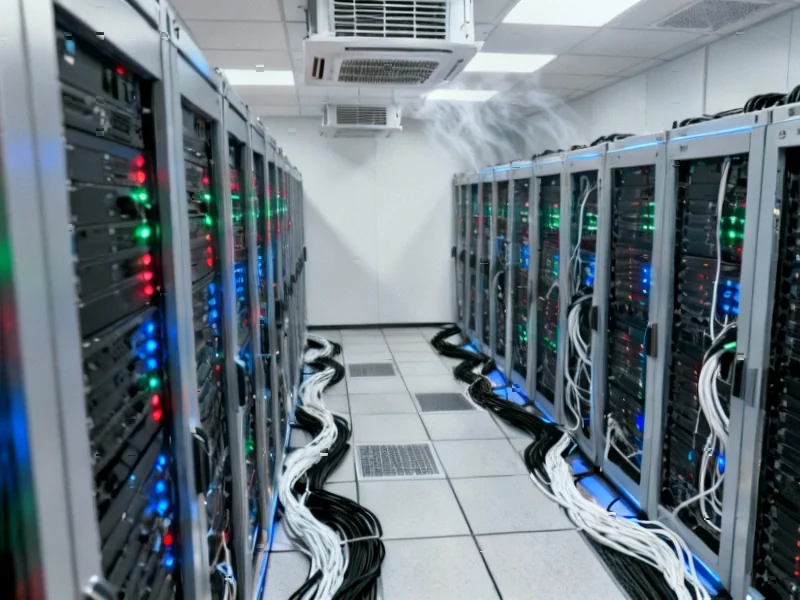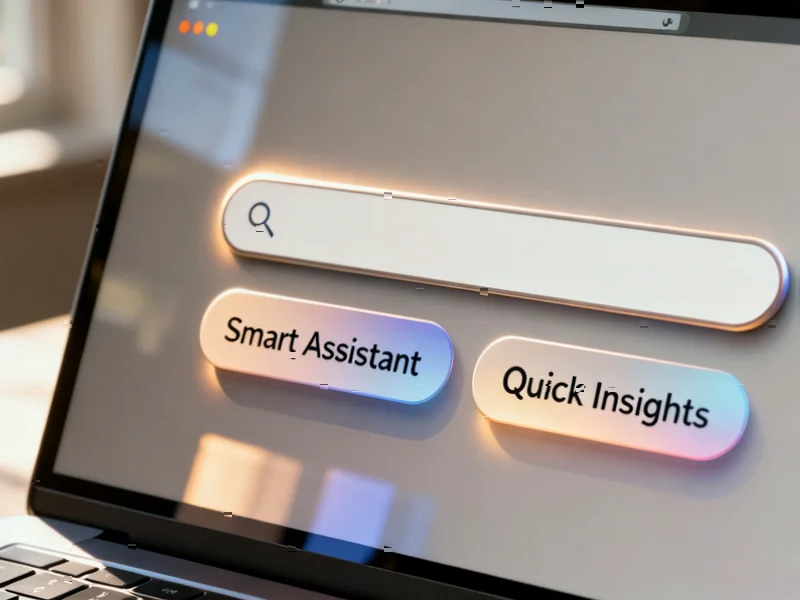According to TechCrunch, Anthropic is projecting absolutely staggering growth numbers – they expect to generate as much as $70 billion in revenue and $17 billion in cash flow by 2028. The company reportedly plans to hit $9 billion in annual recurring revenue by end of 2025, then leap to $20-26 billion ARR in 2026. This year alone, Anthropic expects $3.8 billion from API sales, which would double what OpenAI projects from similar services. The growth is fueled by major enterprise deals with Microsoft, Salesforce, Deloitte, and Cognizant, plus new cost-effective models like Claude Sonnet 4.5. Meanwhile, Anthropic’s gross margin is expected to swing from negative 94% last year to 50% this year and 77% by 2028.
The Enterprise Blitz
Here’s what’s really driving these numbers: Anthropic is going all-in on B2B while everyone else is distracted by consumer AI. They’re embedding Claude into Microsoft 365, expanding with Salesforce for regulated industries, and rolling out to hundreds of thousands of employees at Deloitte and Cognizant. That’s the enterprise equivalent of a land grab. And their new smaller, cheaper models? Perfect for businesses that want AI at scale without the infrastructure headache.
But here’s the thing – enterprise sales cycles are long. Really long. Getting these massive companies to actually deploy AI across their organizations takes years, not months. Anthropic’s projections assume everything goes perfectly with integration, adoption, and scaling. One delayed enterprise rollout could knock billions off those revenue targets.
The Cash Flow Conundrum
Now let’s talk about that $17 billion cash flow projection for 2028. Cash flow isn’t profit – it just means more money coming in than going out. And Anthropic has some massive liabilities hanging over them, including a $1.5 billion legal settlement from that copyright lawsuit. They also have a $2.5 billion credit facility to service.
The gross margin improvement from negative 94% to 77% sounds incredible. Almost too incredible. That kind of margin expansion typically requires massive economies of scale and near-perfect execution. I’m skeptical they can maintain that trajectory while also investing heavily in model development and infrastructure.
The OpenAI Contrast
The most fascinating part of this story might be the divergence from OpenAI’s path. While Anthropic projects positive cash flow by 2028, OpenAI expects to burn through $14 billion in 2026 alone, with total losses mounting to $115 billion through 2029. That’s an insane cash burn rate, even for AI.
So we have two fundamentally different strategies: Anthropic betting on enterprise profitability while OpenAI goes for consumer scale with 800 million weekly users. Which approach wins? Honestly, both could work – or both could fail spectacularly. The AI infrastructure costs alone might sink everyone.
Valuation Reality Check
Anthropic is already valued at $170 billion after raising $13 billion in September. They’re reportedly targeting $300-400 billion in their next round. Let that sink in – they want to nearly triple their valuation in what might be the most competitive AI market we’ve ever seen.
Basically, these projections feel like they’re designed to justify those astronomical valuations. When you’re telling investors you’ll be worth half a trillion dollars, you need some eye-popping numbers to back it up. But can the actual enterprise AI market support this level of growth? Or are we watching the peak of the AI bubble?
The next 12-18 months will be telling. If Anthropic hits its $9 billion ARR target for 2025, maybe these projections aren’t so crazy. But if enterprise adoption slows or costs spiral? That $70 billion dream could evaporate faster than you can say “AI winter.”




